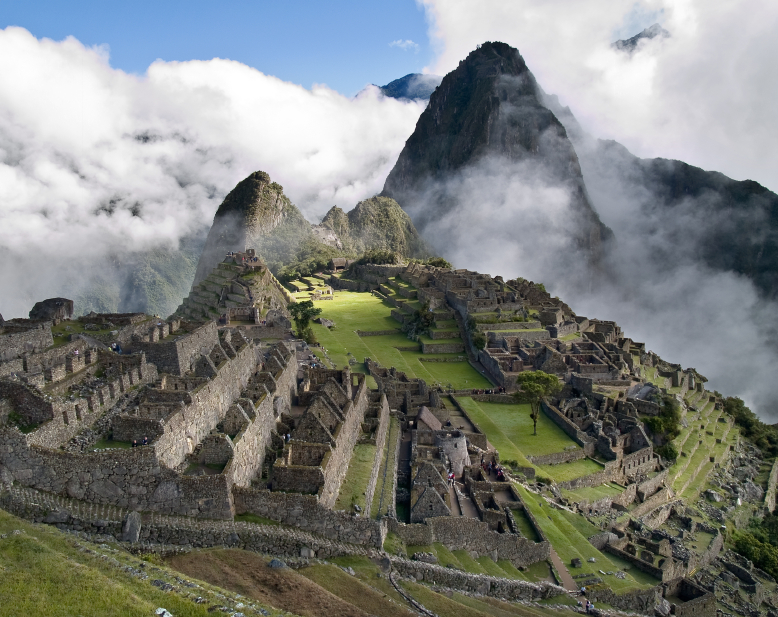Hernan studied at the Escuela de Bellas Artes in Lima with another young artist Pedro Rojas Ponce. They both hailed from the Mantaro Valley in the central Andean highlands and were to become lifelong friends. It was Rojas Ponce who first introduced Hernan to Tello, and the two of them worked together on his team for many years. Pedro was also witness at Hernan's wedding. I love this photo of them, taken in 1936. Hernan wrote on it: the road to glory rises before us, we will strive to realize our ideals; humanity needs our art.
 |
| photo taken from La Ilustración Arqueológica de Pedro Rojas Ponce - Dorothee Rivka Rago |
In doing so they hoped to cultivate a sense of pride and national identity by educating ordinary Peruvians about their rich indigenous heritage, and to underscore their respect for the ancient Andean cultures, they took Quechua names. Hernan was Yaro Willka, Pedro was Wari Willka.
When I first read the Anecdotes, in the depths of that dark winter in the 90's when Peru seemed fragmented and traumatised by terrorism, I was warmed by the cheerful intimacy amongst this little band of adventurers. The bond between Hernan and Pedro is obvious. So is the rather endearing difference in their personalities illustrated in this story. Hernan's original title for it in Spanish was Mano a mano - Hand in hand.
Yaro Willka and Wari Willka
In which our young idealist pays heavily for a fit of indolence
 |
| Casma valley and the Sechín archeological site Sylvain2803 CC BY-SA 3.0 |
But
the truth is that Tello was relentlessly meticulous, and any error, no matter
how miniscule, would throw him into a bad mood.
The longest telling off I ever received in my life happened in Mojeque – a site located ten kilometers from Casma. I think
it must’ve set some kind of record because it lasted on and off more or less
for two whole days. And this is how it happened.












.jpg)




